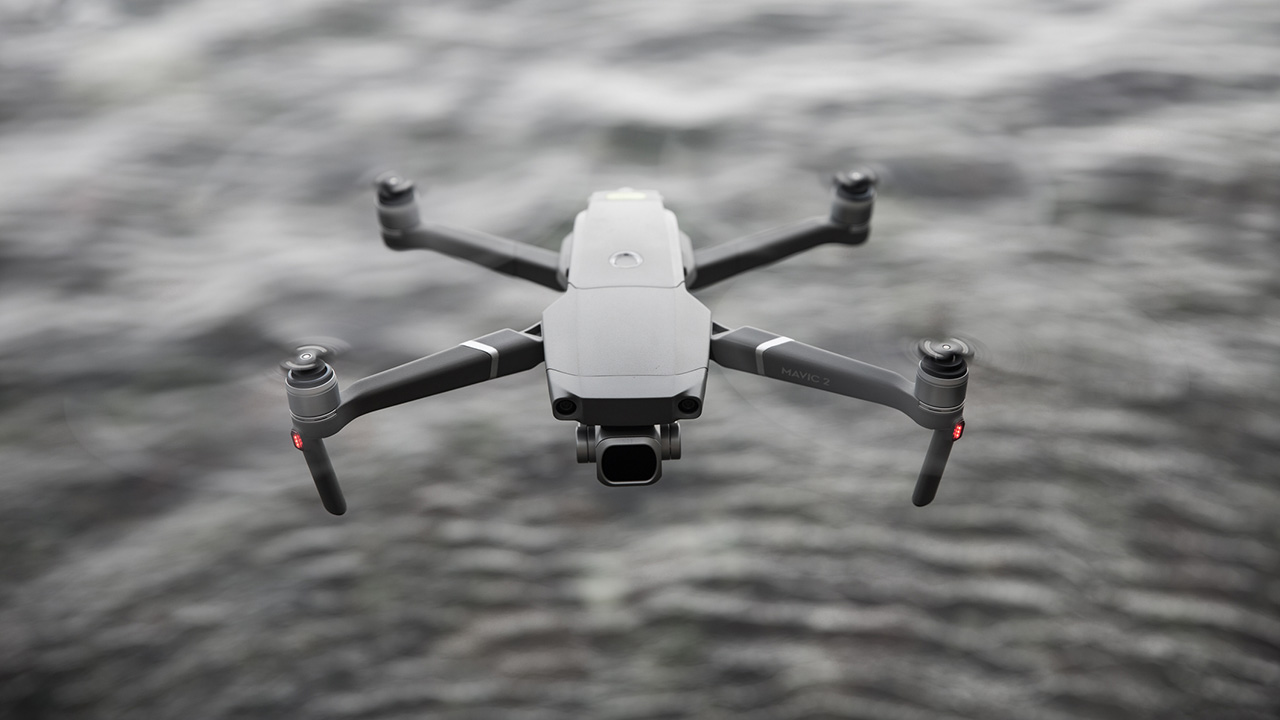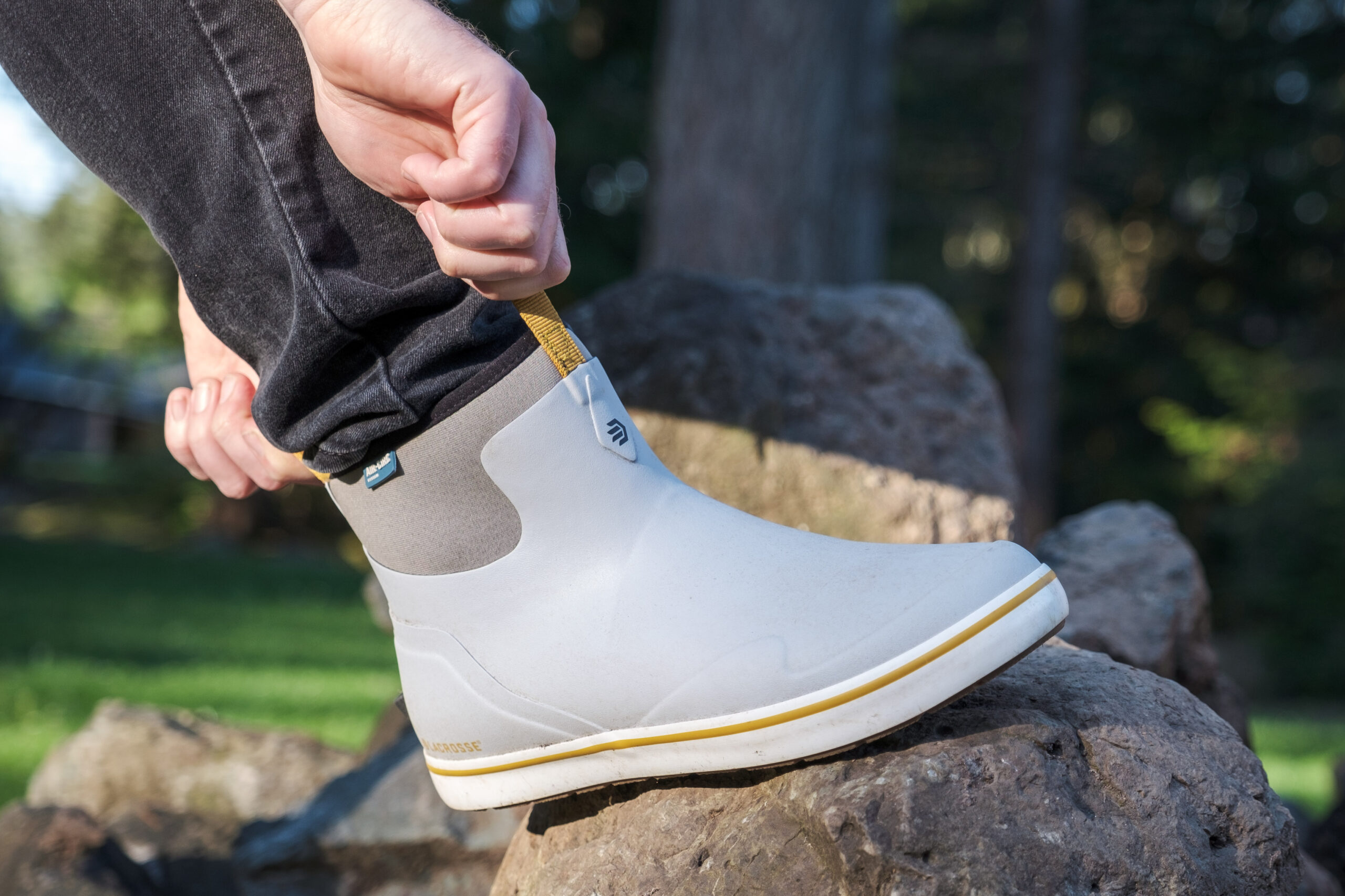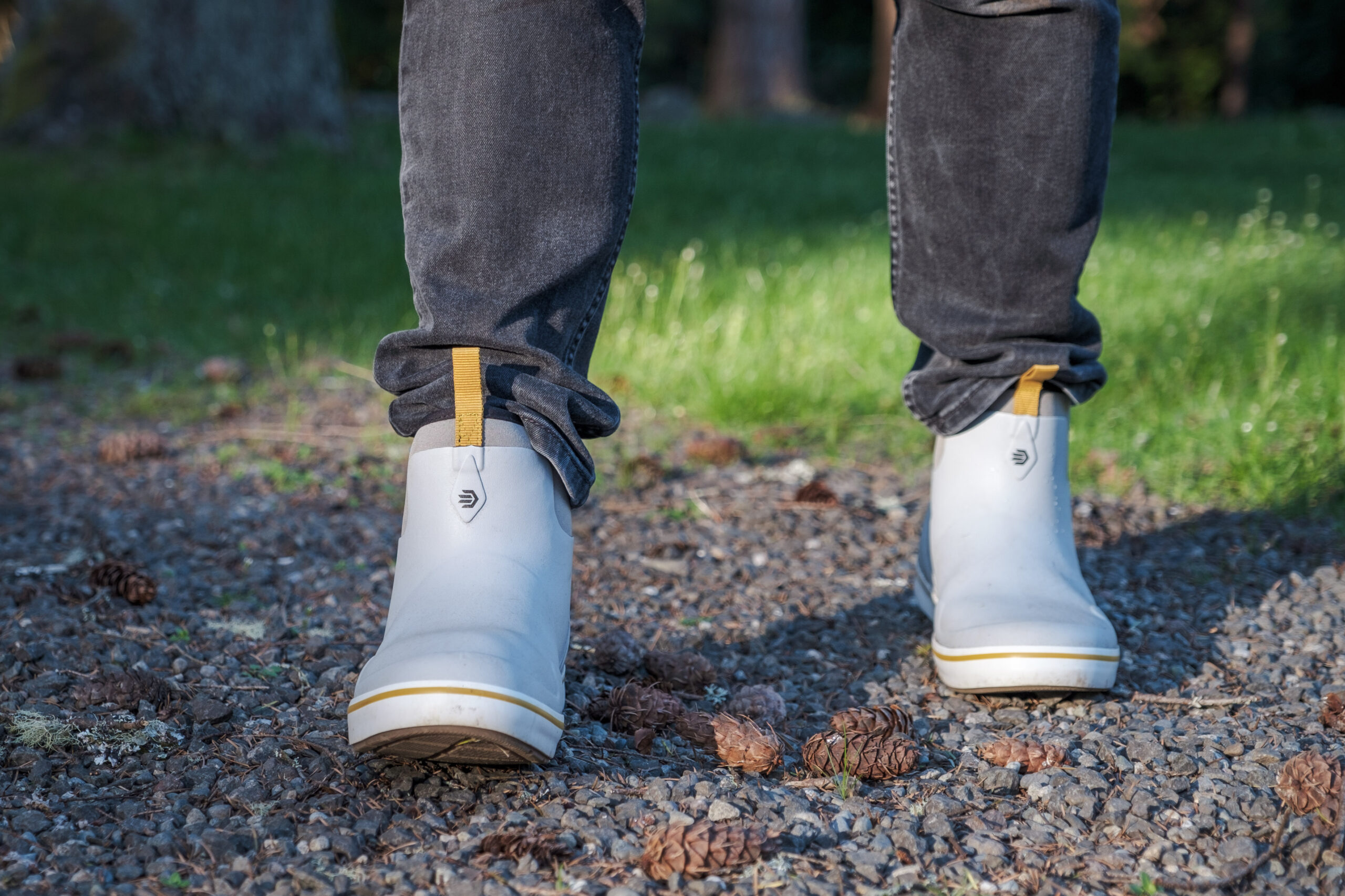Drone fishing is an innovative way to extend your reach and add an extra layer of excitement to your fishing adventures. Using drones to deliver bait to hard-to-reach spots is quickly gaining popularity, and it opens up a new world of possibilities for anglers. Here’s everything you need to know about drone fishing, from the basics to the legalities and precautions.
Distance and Reach
One of the biggest advantages of drone fishing is the ability to reach distances that are far beyond your typical casting range. A drone fishing rig works much like kite or balloon fishing, where the bait is suspended in the air and then dropped in the water over a specific location. The key difference is that a drone carries the bait, and through a fishing release clip, it can drop it exactly where you want it.
The drone can carry small to medium-sized baits or lures and deliver them with precision, allowing you to fish in deeper waters, near reefs, or in areas where fish are hard to reach by boat or shore casting. This method is especially useful in drone surf fishing, where it can be difficult to get a good cast beyond the waves and strong currents.
Legalities and Rules
So, is drone fishing legal? Generally, yes, but there are some important rules and regulations to keep in mind:
- Drone Registration: In most places, if you’re using a drone for fishing, you’ll need to register the drone with the Federal Aviation Administration (FAA), as drones are considered aircraft.
- Safety Requirements: Before using a drone for fishing, operators typically must pass a safety test and ensure they are following proper safety guidelines. This is especially true in areas with higher air traffic or near airports.
- Fishing License: While drone fishing opens up new ways to fish, you still need a valid fishing license to fish in public waters. Just like any other type of fishing, you’ll need to follow the same rules for bag limits, fishing seasons, and regulations for the type of fish you are targeting.
Additionally, drones are not allowed in all fishing areas, so make sure to check local regulations before you take off. Some areas may have specific rules about drone usage, including restrictions on altitude or distance from shore.
Potential and Uses
Drone fishing has its limitations, but it also offers a lot of potential, especially when traditional fishing methods aren’t feasible:
- Extending Reach: When fishing from the shore or from a kayak, reaching deeper waters or areas far from shore can be a challenge. Drones provide an easy solution by allowing you to drop your bait at a much further distance than your cast could reach.
- Scouting for Fish: Drones can also be used for scouting. By attaching a camera, you can visually inspect areas to find where the fish are congregating, particularly in large bodies of water or spots difficult to access by boat. This makes them a great tool for planning your fishing strategy.
- Targeting Hard-to-Reach Areas: If fish are congregating around structures that are difficult to get to, such as submerged rocks, reefs, or strong current areas, drones can deliver bait precisely where it’s needed.
Caution and Risks
As fun and useful as drone fishing can be, there are several precautions to take, especially considering the potential risks involved:
- Drone Malfunctions: Drones can be delicate, and losing a drone to malfunctions or weather can be costly. If you’re fishing in remote areas or at sea, the drone might be difficult or even impossible to retrieve if it crashes or is caught in the water.
- Fish Like Structure, Drones Don’t: Fish tend to favor areas with structure like rocks, submerged trees, or other natural features. However, drones are not equipped to handle these obstacles well, and flying over areas with structures can increase the risk of losing your drone to a crash. Always be cautious and avoid flying too close to obstacles in the water.
- Real-Life “Drone Fishing” Story: A fisherman in the Allegheny River, Paul Murray, once hooked a drone by accident while fishing. He caught it with a jig, and the drone flipped off near his boat. Using his anchor line, he managed to retrieve it. Murray humorously shared that “someone must have gotten too close to the bridge,” referring to the fact that drones can be unpredictable, especially when they come too close to structures or other hazards.
Final Thoughts
Drone fishing is an exciting innovation that enhances the fishing experience by increasing reach and precision. Whether you’re looking to access remote spots or scout for fish in large bodies of water, drones provide a new way to catch fish that was once out of reach. However, always follow safety guidelines, check local regulations, and handle your drone with care to avoid the risks involved. If you’re ready to take your fishing to the next level, drone fishing might just be the next step in your angling journey!











